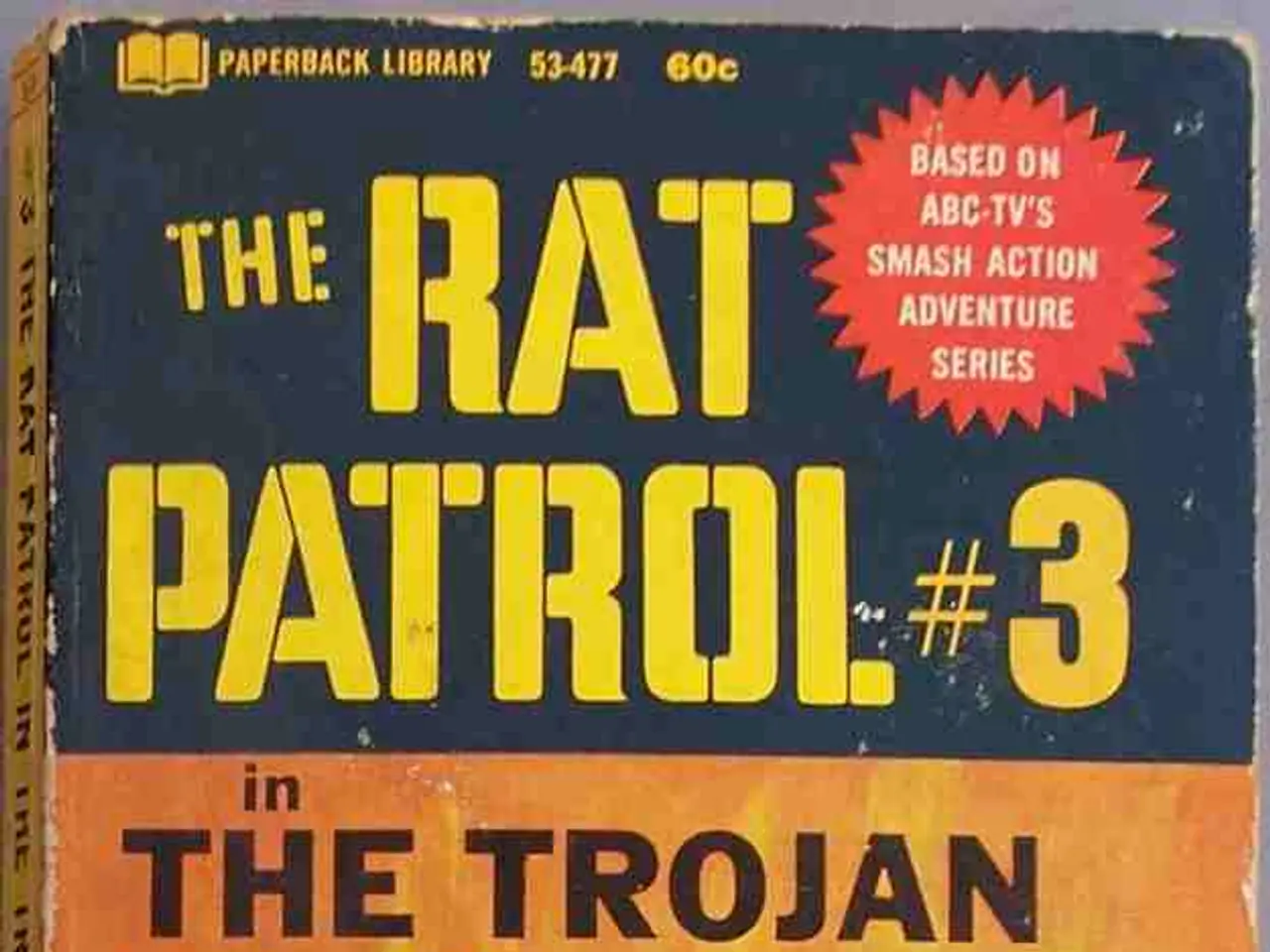US President Trump facilitated Indo-Pak peace discussions in 2025, asserting America's role in mediation despite India's denial of such involvement
The Indo-Pak 2025 ceasefire, announced on May 10, marked a significant moment in South Asian geopolitics. President Donald Trump claimed that he played a central role in brokering the ceasefire, presenting it as one of several wars he "stopped" during his tenure. However, the Indian government maintains a different perspective.
According to Trump, the US mediated the talks leading to a "full and immediate" ceasefire, saving the region from a possible nuclear disaster. However, India officially maintains that the ceasefire was bilateral, achieved without third-party mediation. Indian officials, including Prime Minister Narendra Modi and External Affairs Minister S. Jaishankar, firmly rejected any American involvement in negotiating the truce.
The US State Department, through spokesperson Tammy Bruce, reaffirmed that President Trump and senior US officials, including Secretary of State Marco Rubio and Vice President J.D. Vance, were directly involved in negotiations that led to the ceasefire. The US administration announced the ceasefire and negotiations at a neutral venue.
The actual role of President Trump remains disputed. The US government states that the Trump administration actively mediated the ceasefire, while India categorically denies any formal US intervention, insisting the truce was a purely bilateral resolution initiated by Pakistan under duress.
This divergence in narratives reflects differing national narratives rather than transparent joint documentation of the ceasefire process. The Pakistani side has also credited Trump for US involvement, possibly to attract US attention.
The Indo-Pak 2025 ceasefire episode serves as a window into how nations construct and defend strategic narratives. The controversy has reignited diplomatic friction between Washington and New Delhi, with potential implications for the next phase of Indo-US relations. India may tighten controls on conflict communication protocols to prevent third-party narrative shifts.
Meanwhile, the US portrays Trump as a global peacemaker, with the Indo-Pak 2025 ceasefire being a recent diplomatic success. However, India maintains that the Indo-Pak 2025 ceasefire was the result of direct bilateral military-to-military negotiations. The narrative disputes about the Indo-Pak 2025 ceasefire could shape the future of Indo-US relations and the broader geopolitical landscape in South Asia.
- The Indo-Pak 2025 ceasefire, a significant moment in South Asian geopolitics, has led to debates about the US's role in policy-and-legislation and politics, as both the US and India present differing narratives regarding the truce.
- War-and-conflicts in South Asia, such as the Indo-Pak 2025 ceasefire, are often connected to policy-and-legislation and politics, with the US and India having contrasting views on the events and potential implications for general news in the region.






